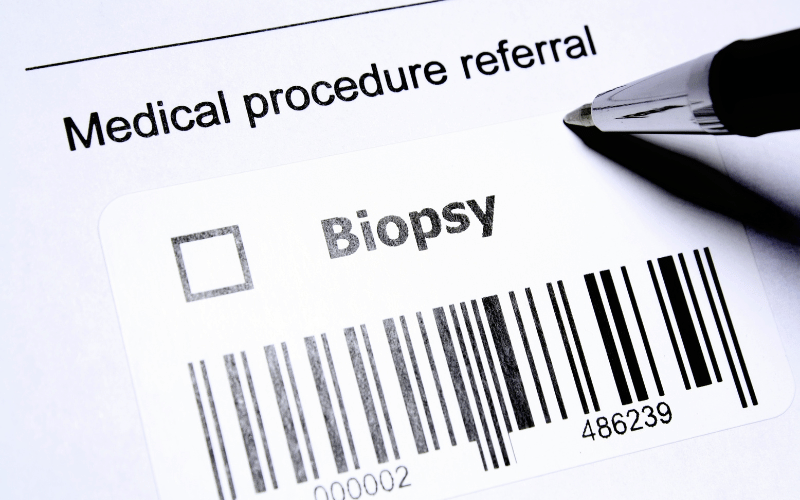5. Unveiling the Enemy: Diagnostic Tools for CTCL
Advertisements
 Advertisements
Advertisements
Accurately diagnosing CTCL requires more than a mere visual assessment. Given its chameleon-like nature, where it mimics other skin conditions, a battery of diagnostic tools is employed. These tools, ranging from skin biopsies to molecular testing, offer a multi-faceted view, helping in pinning down this elusive enemy.
Skin biopsies remain the cornerstone of CTCL diagnostics. A small section of the affected skin is examined under a microscope to check for the tell-tale signs of lymphoma. But here’s the catch: the appearance of CTCL in its early stages might still confound pathologists, often necessitating repeat biopsies.
Blood tests, especially in advanced cases or in subtypes like Sézary Syndrome, provide vital information. An unusual number of circulating T-cells, or the presence of peculiar markers on these cells, can act as red flags. In conjunction with skin findings, this paints a more comprehensive picture of the disease.
Imaging studies, like CT or PET scans, come into the picture when there’s a suspicion of internal involvement. Lymph nodes or other organs, if affected, get illuminated in these scans, guiding further management. Additionally, newer molecular tests dive deeper, exploring the genetic and molecular landscape of the disease.
The diagnostic journey for CTCL is a testament to the advancements in medical science. Each tool, each test, peels away a layer of the mystery, bringing clarity to both clinicians and patients. It’s this combination of old-school clinical acumen and cutting-edge technology that ensures CTCL doesn’t remain hidden in the shadows. (5)